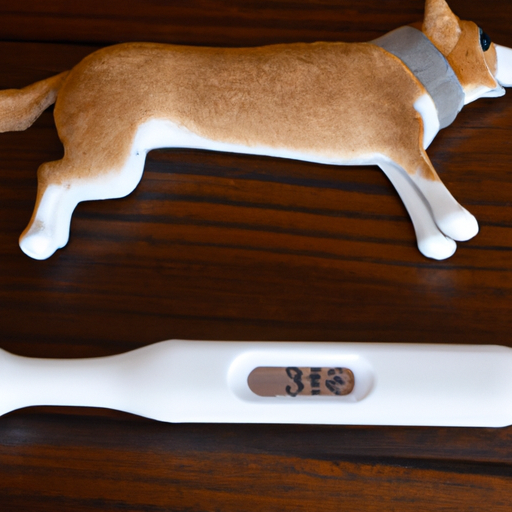As a dog owner, one of the essential pieces of knowledge you need to have is about your dog’s normal body temperature. Understanding this can help you detect any health issues early, leading to quicker treatment and recovery. This article will guide you through all you need to know about your dog’s temperature, what is normal, what is not, and what steps to take when it’s not normal.
Table of Contents
- Understanding Normal Dog Temperature
- How to Take Your Dog’s Temperature
- What to Do If Your Dog’s Temperature Is Not Normal
- Frequently Asked Questions
Key Takeaways
- Normal body temperature for dogs is usually between 101 and 102.5 degrees Fahrenheit.
- You can measure your dog’s temperature using a thermometer designed for pets.
- If your dog’s temperature deviates from the normal range, it is essential to seek veterinary attention immediately.
Understanding Normal Dog Temperature
In humans, a body temperature of around 98.6 degrees Fahrenheit is considered normal. However, for our furry friends, the normal body temperature is slightly higher. Dogs typically have a standard body temperature between 101 and 102.5 degrees Fahrenheit. This slight disparity is what allows them to tolerate colder temperatures than we can.
It’s important to note that puppies, due to their size and developing immune system, can have a slightly higher body temperature. It can range from 94.5 to 99.5 degrees Fahrenheit shortly after birth, and increase to the standard range after a few weeks.
A dog’s body temperature can fluctuate throughout the day, depending on various factors. These can include the time of day, level of activity, and the dog’s overall health. For instance, dogs are often cooler in the morning and warmer in the evening, much like humans.
If you’re interested in learning more about your dog’s health and habits, check out One Top Dog’s guide to understanding your dog’s behavior.
How to Take Your Dog’s Temperature
To ensure your dog’s health, you may need to take their temperature occasionally. The most accurate way to do this is rectally, using a digital thermometer designed for pets.
Here are the steps to follow:
- Ensure the thermometer is clean and has a fresh battery.
- Apply a pet-friendly lubricant to the thermometer tip.
- Gently insert the thermometer about an inch into your dog’s rectum.
- Wait for the thermometer to beep, signalling that it’s finished reading the temperature.
- Carefully remove the thermometer and read the temperature.
For more tips on how to take care of your dog, One Top Dog has an in-depth article on dog grooming.
What to Do If Your Dog’s Temperature Is Not Normal
If your dog’s temperature is below 99 degrees or above 103 degrees Fahrenheit, this is a cause for concern. A high temperature, also known as hyperthermia, can be a sign of infection or heat stroke. A low temperature, also known as hypothermia, can be due to exposure to cold temperatures or an underlying health condition.
In any case, it’s crucial to consult with a vet immediately if your dog’s temperature deviates from the norm. They can help determine the cause and provide appropriate treatment.
For more information on how to keep your dog healthy, One Top Dog provides a comprehensive guide for dog health and wellness.
Frequently Asked Questions
Q: Can I use a human thermometer on my dog?
A: While it’s possible to use a human thermometer, it’s recommended to use one specifically designed for pets for the most accurate reading.
Q: How can I tell if my dog has a fever without a thermometer?
A: Some signs your dog might have a fever include lethargy, loss of appetite, vomiting, and shivering. However, these symptoms can also indicate other health issues, so it’s best to consult with a vet.
Q: How often should I take my dog’s temperature?
A: Unless your dog is showing signs of illness, it’s not necessary to take their temperature regularly. However, knowing how to do it properly can be beneficial in case your dog becomes unwell.
In conclusion, understanding your dog’s normal body temperature, knowing how to measure it, and being aware of what to do if it deviates from the norm, are all crucial elements in ensuring your furry friend’s wellbeing. After all, a happy dog means a happy owner.



